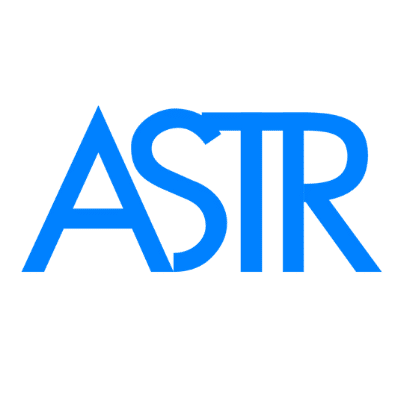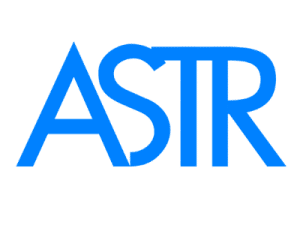Myofascial Release vs. Deep Tissue Massage: What’s the Difference?
Myofascial Release vs. Deep Tissue Massage: What’s the Difference?
Search terms: myofascial vs deep tissue, best massage for muscle knots
🧠 Understanding the Two Approaches
If you’re dealing with chronic pain, muscle knots, or stiffness, you may have heard of both myofascial release and deep tissue massage. While they may seem similar, these two methods have different goals, techniques, and results.
Knowing the difference can help you choose the most effective option for long-term relief.
🔍 What Is Myofascial Release?
Myofascial release targets the fascia, the connective tissue that surrounds muscles, nerves, and organs. When fascia becomes restricted from injury, inflammation, or poor posture, it can cause:
-
Chronic pain
-
Limited mobility
-
Referred symptoms (e.g., pain in unrelated areas)
This method uses gentle, sustained pressure—often with specially designed tools—to release these restrictions and restore function.
💪 What Is Deep Tissue Massage?
Deep tissue massage focuses on the deeper layers of muscle tissue. Therapists use firm pressure and slow strokes to release muscular tension and knots.
It’s ideal for:
-
Athletic recovery
-
Acute muscle soreness
-
Stress-related tension
However, it does not address fascial restrictions or scar tissue effectively, which are often the root cause of long-term pain.
⚖️ Myofascial vs. Deep Tissue: A Side-by-Side Comparison
| Feature | Myofascial Release | Deep Tissue Massage |
|---|---|---|
| Primary Focus | Fascia (connective tissue) | Muscles and connective tissues |
| Pressure Used | Gentle, sustained | Deep, forceful |
| Typical Tools | Hands and specially designed instruments | Hands, elbows |
| Conditions Treated | Chronic pain, scar tissue, trigger points, tight fascia | Muscle tension, knots, stress |
| Nervous System Impact | Calms the nervous system | Can stimulate stress response |
| Best For | Long-term pain, mobility loss, post-surgical pain | Short-term relief, muscle soreness |
🛠️ Why Tools Provide Deeper Relief
Manual techniques can only go so far. Instrument-assisted soft tissue release, especially when performed using the ASTR method, provides precise, effective treatment for:
-
Myofascial restrictions
-
Trigger points
-
Scar tissue
-
Visceral adhesions
🔗 Explore the Official ASTR Tool Set
These tools were developed specifically to treat chronic pain at the root—something standard massage often misses.
📘 Featured Resource: Pain No More by Dr. Joseph Jacobs
After suffering from years of unresolved pain, Dr. Joseph Jacobs developed the ASTR technique to target the underlying causes of chronic pain—fascia and scar tissue. In his book, Pain No More, he explains how traditional massage therapies failed to help until he discovered the missing link.
🔬 Scientific Support
Numerous studies support the effectiveness of myofascial release for long-term pain relief:
-
Ajimsha et al. (2011): Myofascial release significantly reduced pain and improved mobility in patients with chronic low back pain.
-
Schleip et al. (2012): Fascia contains sensory nerves and mechanoreceptors, making it a major contributor to chronic pain when restricted.
-
Langevin et al. (2006): Fascia responds to mechanical stimulation, showing lasting effects on pain and tissue healing.
-
Beardsley & Škarabot (2015): Foam rolling and self-myofascial release temporarily improve range of motion, but tool-assisted methods offer deeper benefits.
✅ Final Thoughts: Which Is Best for You?
| Choose Myofascial Release if you: | Choose Deep Tissue Massage if you: |
|---|---|
| Have unresolved or chronic pain | Want quick relief from sore muscles |
| Are recovering from surgery or injury | Are managing workout recovery or stress |
| Need to address scar tissue or fascial restrictions | Prefer firm pressure and manual muscle work |
For lasting relief from chronic pain, myofascial release—especially when paired with ASTR therapy—is the safer, more effective solution.

